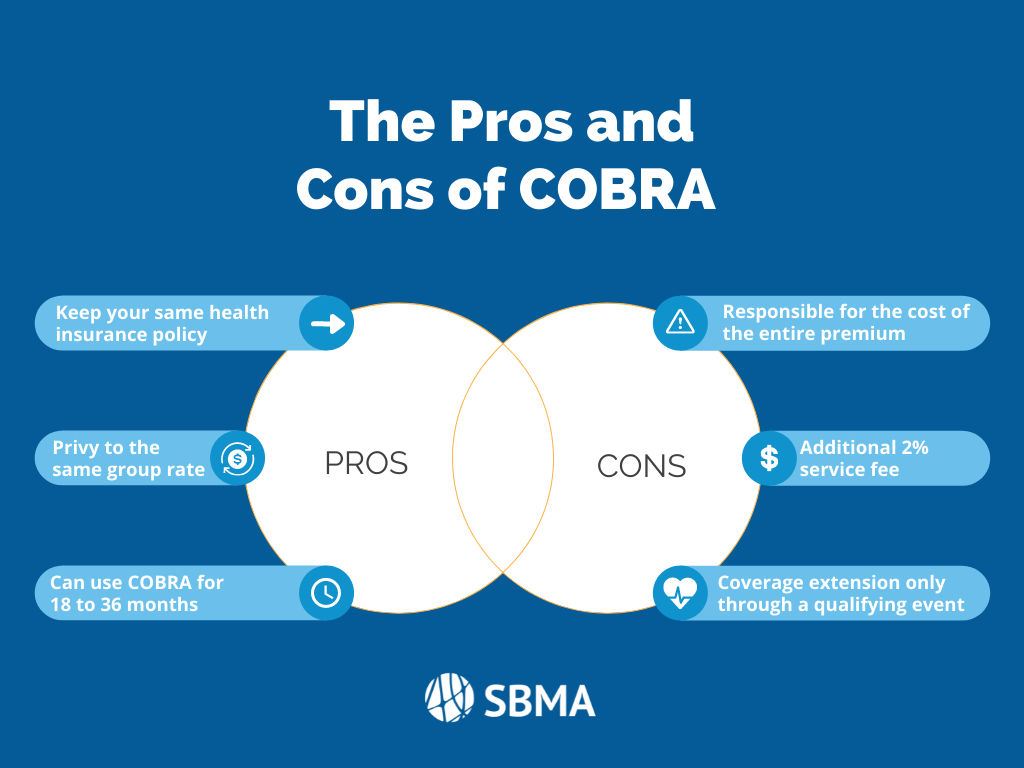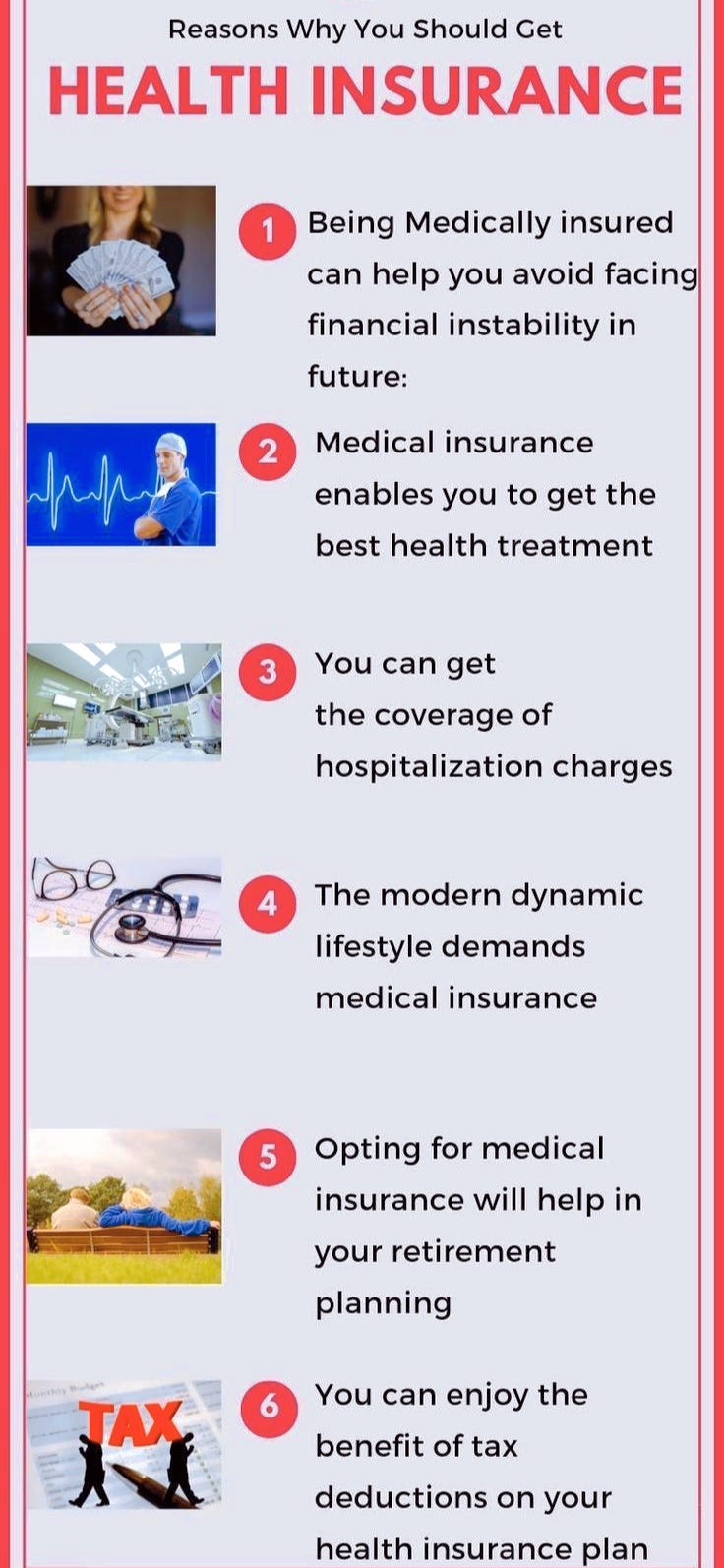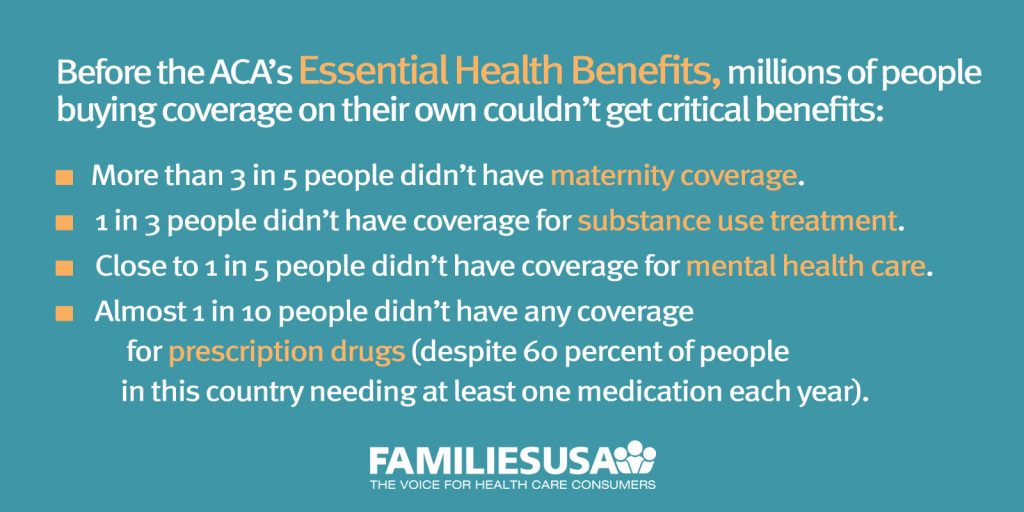The Ultimate Guide To Medicare Advantage Agent

Voters and policy manufacturers in emphasis group discussions characterize those without insurance policy as young individuals that have the chance to be covered and feel they do not require it (Concierge Novelli, 2001). Contrasted to those with at the very least some private protection, the without insurance are less likely to report being in outstanding or very good health(Firm for Health Care Research Study and Top Quality, 2001). RESOURCE: Center for Cost and Financing Research Studies, Company for Healthcare Research and Top quality, based on MEPS data. Young grownups in between 19 and 34 are even more most likely to do not have health and wellness insurance than any various other age group. This is primarily due to the fact that they are less commonly eligible for employment-based insurance coverage because of the nature of their task or their short tenure in it. The assumption that individuals without insurance policy have better-than-average wellness
follows from perplexing the fairly young age profile of the uninsured with the far better health and wellness, on average, of more youthful individuals. This obscures the link in between wellness status and wellness insurance. For those without access to work environment health insurance policy, inadequate wellness is a possible barrier to acquiring nongroup coverage since such coverage may be extremely valued, exclude preexisting problems, or be merely unavailable. The number of uninsured Americans is not particularly large and has not changed in recent years. 7 out of 10 respondents in an across the country depictive survey believed that less Americans did not have health and wellness insurance policy than in fact do(Fronstin, 1998). Roughly fifty percent(47 percent )believed that the number of individuals without health insurance coverage lowered or remained continuous over the latter fifty percent of the last years(Blendon et al., 1999). This decline of almost 2 million in the variety of individuals 'without insurance (a reduction
of about 4 percent)is definitely a positive modification. With a softer economic climate in 2000 the most recent reported gains in insurance policy protection might not proceed(Fronstin, 2001 ). The decrease in the variety of without insurance will not continue if the economy stays sluggish and healthcare expenses remain to exceed rising cost of living. This is due to the fact that the information were accumulated for a duration of solid financial performance. Of the approximated 42 million individuals that were without insurance, almost about 420,000(about 1 percent)were under 65 years old, the age at which most Americans end up being eligible for Medicare; 32 million were adults between ages 18 and 65, about 19 percent of all adults in this age team; and 10 million were children under 18 years old, about 13.9 percent of all children (Mills, 2000). These estimates of the number of individuals without insurance are created from the yearly March Supplement to the Present Population Survey (CPS), conducted by the Demographics Bureau. Unless or else kept in mind, national estimates of people without medical insurance and percentages of the population with different kinds of insurance coverage are based on the CPS, one of the most commonly used source of estimates of insurance coverage and uninsurance rates. These studies and the price quotes they generate are described briefly in Table B. 1 in Appendix B - Medicare Advantage Agent. These studies vary in size and tasting techniques, the questions that are asked about insurance policy
Examine This Report about Medicare Advantage Agent
coverage, and the moment duration over which insurance protection or uninsurance is gauged(Lewis et al., 1998, Fronstin, 2000a ). Still, the CPS is especially valuable because it generates annual quotes reasonably swiftly, reporting the previous year's insurance coverage approximates each September, and due to the fact that it is the basis for a consistent collection of price quotes for more than twenty years, permitting analysis of patterns in protection with time.

Getting My Medicare Advantage Agent To Work
Over a three-year duration starting early in 1993, 72 million individuals, 29 percent of the U.S. populace, were without insurance coverage for a minimum of one month. Within a solitary year(1994), 53 million people experienced a minimum of a month without coverage(Bennefield, 1998a). 6 out of every 10 uninsured grownups are themselves employed. Although functioning does improve the probability that one and one's member of the family will have insurance, it is not an assurance. Even participants of family see this members with 2 permanent breadwinner have virtually a one-in-ten chance of being without insurance (9.1 percent without insurance rate)(Hoffman and Pohl, 2000 ). The connection in between medical insurance and accessibility to care is well established, as documented later in this phase. The relationship between health and wellness insurance coverage and wellness end results is neither straight neither straightforward, a comprehensive scientific and health and wellness services research literary works links health and wellness insurance policy protection
to improved enhanced to care, better far better, and improved personal individual population health wellnessCondition The second report, on personal health outcomes for uninsured adults, is stood for by the inner circle of the figure, while the 3rd record, on household health, encompasses the subjects of the second report yet highlights a various system of analysis, particularly, the family. The 6th record in the collection will provide information concerning methods and initiatives carried out locally, statewide, or country wide to address the absence of insurance policy and its adverse influences. Levels of analysis for checking out the effects of uninsurance. This discussion of wellness insurance protection concentrates mostly on the united state populace under age 65 due to the fact that basically all Americans 65 and older have Medicare or various other public insurance coverage.
In addition, it focuses especially on those with no medical insurance for any kind of size of time. The issues encountered by the underinsured remain in some areas comparable to those dealt with by the uninsured, although they are normally less severe. Uninsurance and underinsurance, however, involve definitely different policy concerns, and the approaches for resolving them might differ. Throughout this research study and the five records to adhere to, the major emphasis is on persons without medical insurance and therefore no help in paying for health and wellness care past what is readily available with charity and security net institutions. Medical insurance is a powerful factor influencing receipt of care due to the fact that both individuals and doctors respond to the out-of-pocket rate of services. Medical insurance, nevertheless, is neither required neither adequate to acquire accessibility to medical services. However, the independent and direct effect of wellness
insurance protection on access to wellness services is well developed. Others will certainly acquire the health treatment they require even without wellness insurance coverage, by spending for it expense or seeking it from carriers who use care cost-free or at extremely subsidized prices. For still others, health insurance policy alone does not ensure invoice of treatment as a result of various other nonfinancial obstacles, such as a lack of healthcare companies in their area, limited accessibility to transport, illiteracy, or linguistic and cultural distinctions. Official research about without insurance populaces in the United States dates to the late 1920s and early 1930s when the Board on the Price of Medical Care created a collection of records about funding physician office brows through and hospital stays. This problem ended up being significant as the varieties of medically indigent climbed during the Great Clinical depression. Empirical research studies regularly support the web link in between accessibility to care and boosted health outcomes(Bindman et al., 1995; Starfield, 1995 ). Having a regular source of care can be thought about a forecaster go to these guys of access, rather than a direct measure of it, when health and wellness results are themselves utilized as gain access to signs. This extension of the concept of gain access to measurement was made by the IOM Committee on Keeping An Eye On Gain Access To to Personal Healthcare Services(Millman, 1993, p. Whether or not moms and dads are guaranteed shows up to impact whether their kids obtain treatment along with just how much careeven if the kids themselves have protection(Hanson, 1998). The wellness of moms and dads can influence their capability to take care of their kids and the level of family anxiety. Bothering with their youngsters's accessibility to care is itself a source of stress for moms and dads. 3 chapters follow in this record. Chapter 2 offers an overview of just how employment-based health and wellness insurance coverage, public programs and individual insurance plans operate and engage to provide substantial however incomplete protection of the U.S. population. This includes a testimonial of historic patterns and public policies impacting both public and personal insurance coverage, a conversation of the interactions amongst the various sorts of insurance, and an examination of why individuals move from one program to another or wind up
